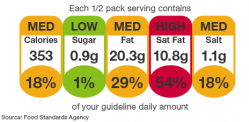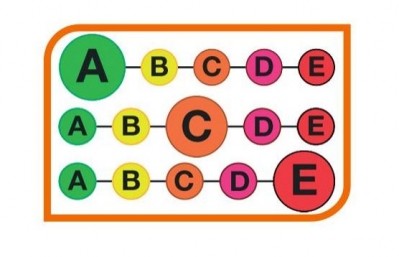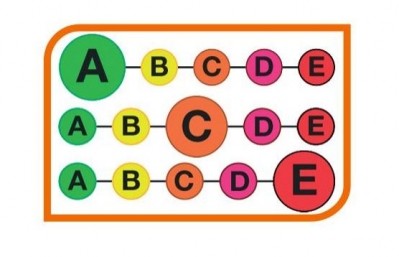FIC regs ‘missed opportunity’ for mandatory front of pack labelling

The Food Information for Consumers (FIC) regulation only requires food manufacturers to display nutrition information on the back of packaging, but BEUC argues that front of pack labelling is a time-saving tool that can help consumers make more informed food choices.
“This is a missed opportunity to improve consumer information while food companies are in any case obliged to redesign packages to comply with the new rules,” BEUC said in a newly published position paper.
Many of the provisions of the FIC regulation came into force in December last year, but food companies have until December 2016 to implement new harmonised nutrition labelling across the EU. Among other requirements, they will have to display a nutrition table listing energy, total fat, saturated fat, carbohydrate, sugars, protein and salt per 100 g or 100 ml.
However, member states are also able to express nutrition information in other ways as long as they are validated by scientific consumer research, are objective, non-discriminatory and do not create obstacles to the free movement of goods.
Colours for comprehension
BEUC argues that a colour-coded scheme indicating high, medium and low amounts of particular nutrients would encourage reformulation and be the most useful to consumers, according to several studies and consumer surveys. Specifically, surveys conducted by consumer organisations in Slovenia and the Netherlands found that more than twice as many consumers understood that foods were high in fat, saturated fat, sugar and salt when they carried colour-coded front of pack labels.
The organisation says it is still common for food companies to label a product ‘low in salt’, for example, while adding significant amounts of sugar or fat to improve its flavour, so all of these nutrients – which the Commission recognises are major contributing factors to diet-related chronic disease in the EU – should be featured equally on the front of packaging.
“It is critical to provide consumers with complete, and not partial, information,” it said.
Traffic lights under investigation
However, one such colour-coded scheme – the UK’s traffic light labelling – is currently being investigated by the European Commission after several EU member states led by the Italian delegation complained that it could harm EU trading. And industry association FoodDrinkEurope has said it could lead to fragmentation in EU food labelling.
BEUC disagrees, saying: “Colour-coded schemes, which have been in use in the UK since 2006, never created any trade barrier for the Internal Market. They have even been endorsed by major food businesses such as Pepsico, Mars, Coca-Cola, Nestlé, McCain and Kraft Foods who operate worldwide and appear on branded and own-brand products.”
It said that consumers should be provided with at-a-glance nutrition information – and that consumers said they would prefer schemes developed by independent research bodies rather than by the food industry itself.
“BEUC believes colour-coded schemes are the most appropriate tool to fulfil this goal,” it said.

























